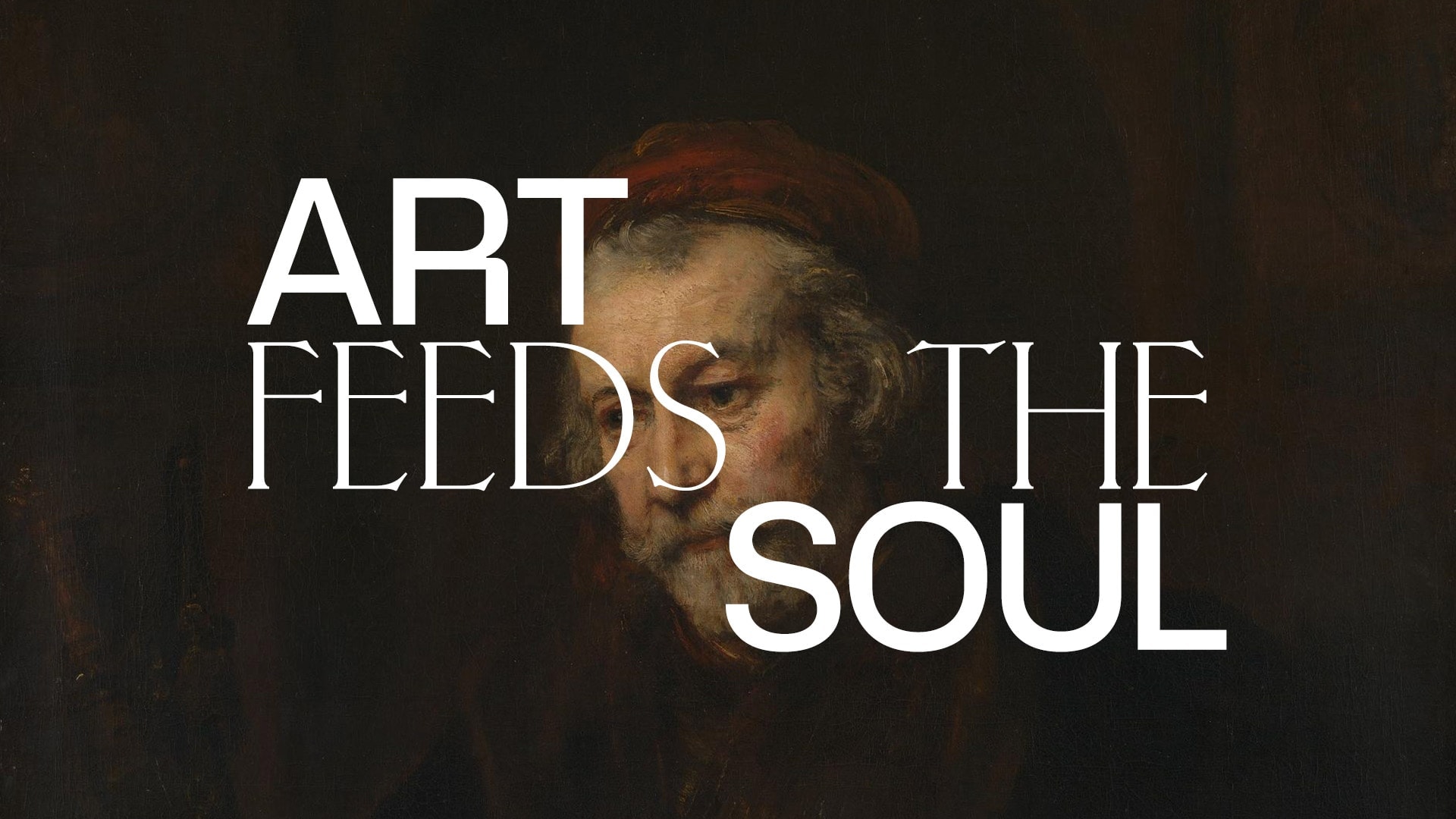

Rembrandt, An Elderly Man as Saint Paul, c. 1659, National Gallery
National Gallery, Room 22
Considering last week’s darkness – in Rothko’s chapel – the implication is that some sort of inner understanding: colour, dyes through our monotonous lives: darkness. In a similar way, but predating him by several hundred years, the 17th century Dutch master Rembrandt capitalised on this emotional ‘colour’ that came from the murk.
In the National Gallery’s sprawling Dutch wing, solemn portraits line entire rooms, an audience of characters watching the viewer as much as the viewer gazes back at them. Most are entrapped in an inexhaustible bog of the colour Umber.
Most are entrapped in an inexhaustible bog of the colour Umber
Rembrandt almost dredges the faces and stares of those who sat for his soulful portraits from the mud – these faces are an example of the courage of humanity in the face of the sinking sands that surround us.
He created almost 100 self-portraits (about a tenth of his overall output): something less narcisstic, and more cathartic than it may seem. There is therefore at least a little comfort in it being not just his subjects’ faces that were placed in this inescapable brown fog. His incessant self-portraiture was less a ceaseless churning of earthiness and shadow, than an exercise in his own mentality.
His incessant self-portraiture was less a ceaseless churning of earthiness and shadow, than an exercise in his own mentality
How often is our psyche entirely disconnected from the world around us? How often do we work ourselves up to only to answer our day to day qualms? These portraits allow us to answer these questions – all made possible by Umber – a colour that can simultaneously conjure the fleetingness of human flesh – but also the unending durability of the mind.
While these portraits can in some people’s minds look torturous, the sense of modernity in the work of this ancient painter is both a technical feat (a prime example of the use of light towards narrative and emotional forces), but also emotionally freeing and entirely recognisable for anguished minds.



